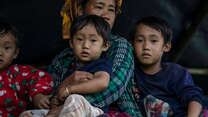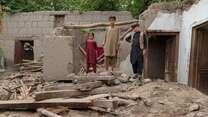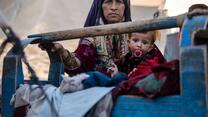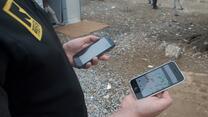In 2018, less than 3 percent of refugees went home. The vast majority struggle to get by in countries unable to meet their needs. Most relief efforts are focused on food, shelter and basic health care—but refugees also require education and livelihoods opportunities if they are to rebuild their lives. The IRC strives for “better aid” that delivers assistance more effectively, efficiently, and sustainably.
Read our reports to learn more about how we're working to modernize the global response to the refugee crisis.
Available documents & links
Lessons for IDA19 and the FCV Strategy. (December 2019)
In August 2017, more than 740,000 stateless Rohingya started to flee systematic violence and persecution perpetrated by Myanmar’s military and other security forces in Rakhine State. (October 2019)
Cameroon aspires to meet the Sustainable Development Goals (SDGs) by 2030 and become an upper-middle-income country by 2035. (June 2019)
In our new policy note, we outline recommendations for the implementation of the IDA18 sub-window moving forward and makes the case for a sub-window in the IDA19 replenishment. Below, you’ll find a summary of those recommendations. (November 2018)
Uganda, in many ways, is ground zero for new global initiatives to address large-scale, protracted displacement. (November 2018)
In 2016, the Government of Ethiopia made nine pledges to improve the lives of refugees and host communities. (November 2018)
UN Member States are entering the final stages of consultations to agree on a Global Compact on Refugees (GCR) (June 2018)
The international community has come together in new ways to address forced displacement—one of the biggest challenges of the early twenty-first century. (April 2018)
The Syrian refugee crisis is the largest refugee crisis of our time. The Syrian war, now entering its eighth year, has displaced more than 11 million Syrians. (April 2018)
The war in Syria has raged on for six years, causing a staggering 11 million people to flee for their lives — the largest refugee crisis of our time. (February 2017)
An unprecedented humanitarian crisis, and a changing landscape. The global community is facing extraordinary shifts in forced displacement. Today, more people than ever before—65 million, including 21 million refugees—are displaced by conflict. (Oct 2016)



